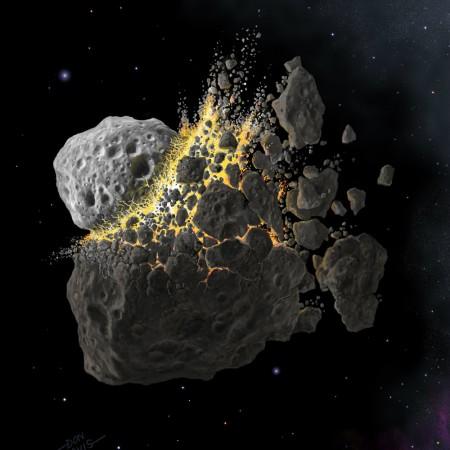
An asteroid dubbed 'Asteroid 2006 QQ23' is moving fast towards Earth, and on August 10, it will make its closest approach. This rogue space body is bigger than the Empire State Building, and if it hits Earth, it will cause massive devastation in the affected area.
As per NASA, Asteroid 2006 QQ23 will come as close as 4.55 million miles from the Earth. Even though this distance may seem quite huge in human terms, it is a very short distance considering the vastness of the universe. Most probably, this rogue space body will zip past Earth without any dangers, but any change in its trajectory could make our planet vulnerable to an unexpected hit.
NASA classifies Asteroid 2006 QQ23 as a near-Earth object. As per the space agency, any space body in the orbit of the Sun at a distance of 1.3 astronomical units (AU) is considered a near-Earth object. It should be noted that one AU is equal to about 92.95 million miles which is actually the distance between the Earth and the Sun.
According to NASA, there are 900 asteroids with a diameter of more than one kilometre orbiting Earth around the Sun. Shockingly, the biggest one in this list has a diameter of 34 kilometres. Considering the threat posed by these rogue space bodies, NASA is now busy developing a planetary defence weapon that will deflect any approaching space bodies from its collision trajectory.
In the meantime, popular physicist Neil deGrasse Tyson has claimed that the end of the world could happen due to a gigantic asteroid hit. The physicist made these remarks during a podcast titled 'Cosmic Queries: Asteroids and Comets'.
Earlier, Dr Iain McDonald, a scientist at the Cardiff University's school of Earth and ocean sciences had also suggested that the Earth will be inevitably hit by a doomsday asteroid one day or the other. As per McDonald, devastating asteroid hits have happened in the past, and it will repeat in the future too.








